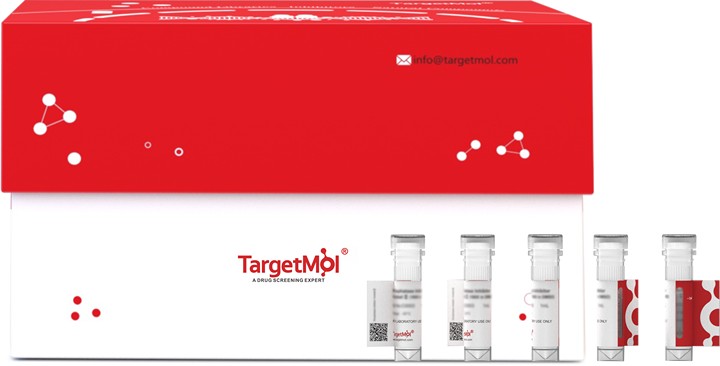Shopping Cart
- Remove All
 Your shopping cart is currently empty
Your shopping cart is currently empty

Human coronavirus HKU1 (isolate N2) Hemagglutinin-esterase (His) is expressed in E. coli expression system with N-10xHis tag. The predicted molecular weight is 45.9 kDa and the accession number is Q14EB1.

| Pack Size | Price | Availability | Quantity |
|---|---|---|---|
| 20 μg | $1,500 | 20 days | |
| 100 μg | $2,750 | 20 days |
| Biological Activity | Activity has not been tested. It is theoretically active, but we cannot guarantee it. If you require protein activity, we recommend choosing the eukaryotic expression version first. |
| Description | Human coronavirus HKU1 (isolate N2) Hemagglutinin-esterase (His) is expressed in E. coli expression system with N-10xHis tag. The predicted molecular weight is 45.9 kDa and the accession number is Q14EB1. |
| Species | HCoV-HKU1 |
| Expression System | E. coli |
| Tag | N-10xHis |
| Accession Number | Q14EB1 |
| Synonyms | Hemagglutinin-esterase,HE,E3 glycoprotein |
| Amino Acid | YGFNEPLNVVSHLNHDWFLFGDSRSDCNHINNLKIKNYGYLDIHPSLCNNGKISSSAGDSIFKSYHFTRFYNYTGEGDQIIFYEGVNFNPHHRFKCFFNGSNDVWIFNKVRFYRALYSNMALFRYLTFVDILYNFSFSIKANICNSNILSLNNPIFISTNYSKDVYFTLSGCSLYLVPLCLFKSNFSQYYYNMDTGFAYGYSNFVSSDLDCTYISLKPGSYKIFSTGFVLSIPTKALCFNKSKQFVPVQVVDSRWNNLRASDTSLSDACQLPYCYFRNSSGNYVGKYDINHGDNGFTSILSGLLYNVSCISYYGSFLYDNFTSIWPRFSFGNCPTSAYIKLNCFYDPLPIILQGILLFLALLFIVFLLFLVYHG |
| Construction | 12-385 aa |
| Protein Purity | > 85% as determined by SDS-PAGE. |
| Molecular Weight | 45.9 kDa (predicted) |
| Endotoxin | < 1.0 EU/μg of the protein as determined by the LAL method. |
| Formulation | If the delivery form is liquid, the default storage buffer is Tris/PBS-based buffer, 5%-50% glycerol. If the delivery form is lyophilized powder, the buffer before lyophilization is Tris/PBS-based buffer, 6% Trehalose, pH 8.0. |
| Reconstitution | Reconstitute the lyophilized protein in sterile deionized water. The product concentration should not be less than 100 μg/mL. Before opening, centrifuge the tube to collect powder at the bottom. After adding the reconstitution buffer, avoid vortexing or pipetting for mixing. |
| Stability & Storage | Lyophilized powders can be stably stored for over 12 months, while liquid products can be stored for 6-12 months at -80°C. For reconstituted protein solutions, the solution can be stored at -20°C to -80°C for at least 3 months. Please avoid multiple freeze-thaw cycles and store products in aliquots. |
| Shipping | In general, Lyophilized powders are shipping with blue ice. Solutions are shipping with dry ice. |
| Research Background | Structural protein that makes short spikes at the surface of the virus. Contains receptor binding and receptor-destroying activities. Mediates de-O-acetylation of N-acetyl-4-O-acetylneuraminic acid, which is probably the receptor determinant recognized by the virus on the surface of erythrocytes and susceptible cells. This receptor-destroying activity is important for virus release as it probably helps preventing self-aggregation and ensures the efficient spread of the progeny virus from cell to cell. May serve as a secondary viral attachment protein for initiating infection, the spike protein being the major one. May become a target for both the humoral and the cellular branches of the immune system. |

Copyright © 2015-2025 TargetMol Chemicals Inc. All Rights Reserved.